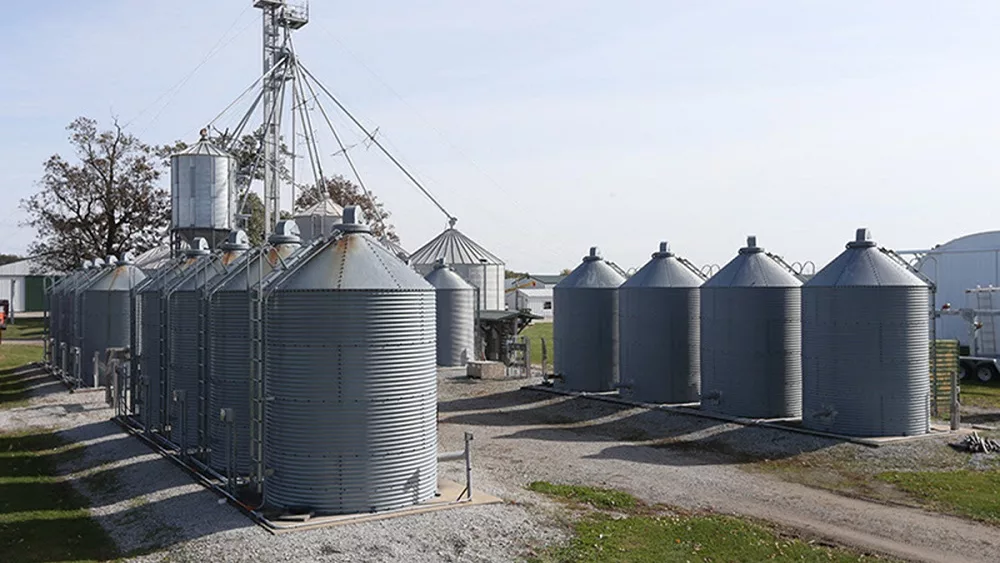President Donald Trump doubled down on his climate change skepticism by picking Oklahoma Attorney General Scott Pruitt to head the Environmental Protection Agency, former Texas Gov. Rick Perry as the new Energy Secretary, and Rep. Ryan Zinke, R-Mont., as Interior Secretary.
With former ExxonMobil CEO Rex Tillerson already confirmed as Secretary of State, these Trump choices are a guarantee that fossil fuels will be well represented in Cabinet discussions about energy and environmental policies.
Yet other forces favoring renewable energy are also in play. In the case of biofuels, U.S. ethanol production is increasing, with 78 countries importing 1.05 billion gallons of the fuel in 2016, led by Brazil (26 percent), Canada (25 percent), and China (17 percent). Exports are up 25 percent from 2015 and are the second-highest annual total. The one dark cloud is that this key component of U.S. ethanol industry profitability is threatened by China’s recent decisions imposing protectionist trade barriers that target U.S. ethanol and distillers dried grains with solubles (DDGS).
Although China has virtually closed its market to U.S. ethanol, Omaha-based ethanol producer Green Plains forecasts that the U.S. industry will export at least 1.1 billion gallons in 2017. Green Plains expects those exports to include about 25 percent of its production from its 17 ethanol plants.
The U.S. Energy Information Administration’s Short-Term Energy Outlook is also delivering good news for ethanol and for renewable energy overall. Last week’s EIA report forecasts that non-hydropower renewable sources led by wind and solar power will grow from 2016’s 8.5 percent of electricity generation to 9 percent in 2017 and 9.7 percent in 2018. Hydropower generation is forecast to be relatively unchanged around 6.5 percent for 2016 through 2018. The nuclear share is expected to drop from 19.7 percent for 2016 to 19.4 percent for 2017 and 18.8 percent for 2018. The greatest expected growth will be in wind energy capacity, rising from 81 gigawatts (GW) in 2016, providing a 5.5 percent share of generation, to 94 GW with a 6.4 percent share, by the end of 2018.
A key point from the EIA report is that coal and natural gas are expected to fight for market share, with the determining factor being relative fuel costs. EIA forecasts that “the share of U.S. total utility-scale electricity generation from natural gas” will fall from 34 percent last year to 32.4 percent in 2017 “as a result of higher expected natural gas prices” and then climb to 32.7 percent in 2018. EIA sees coal’s generation share rising from 30.4 percent in 2016 to 31.3 percent in 2017, and then declining slightly to 31 percent in 2018.
Source: Agri-Pulse




